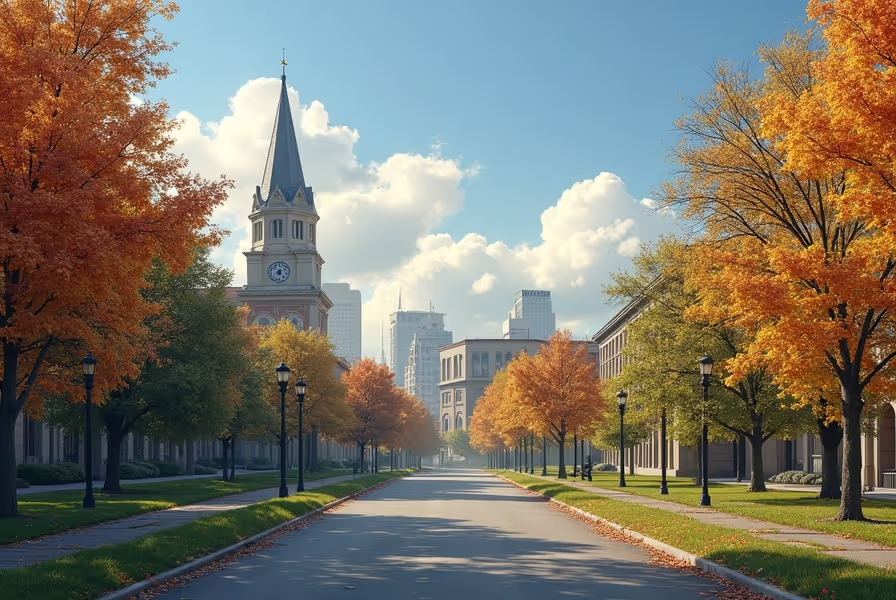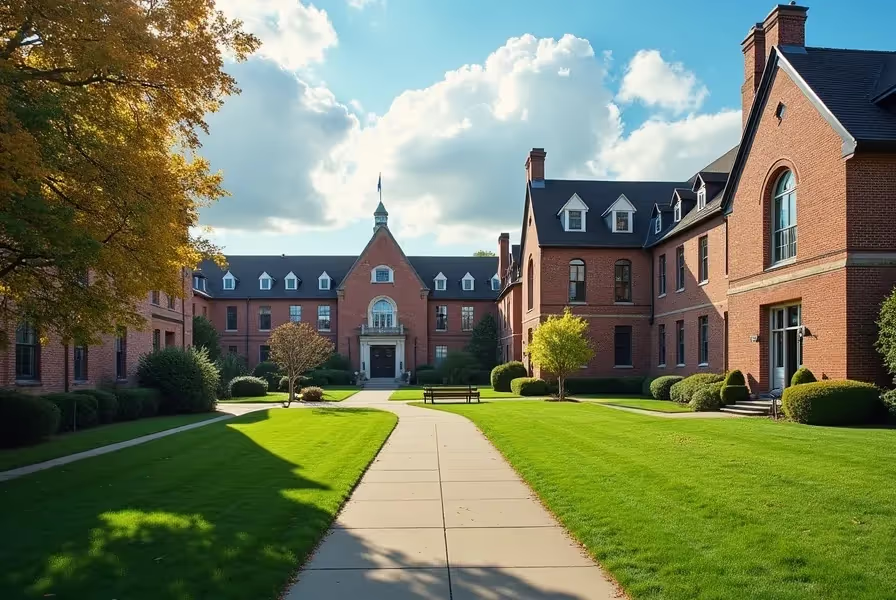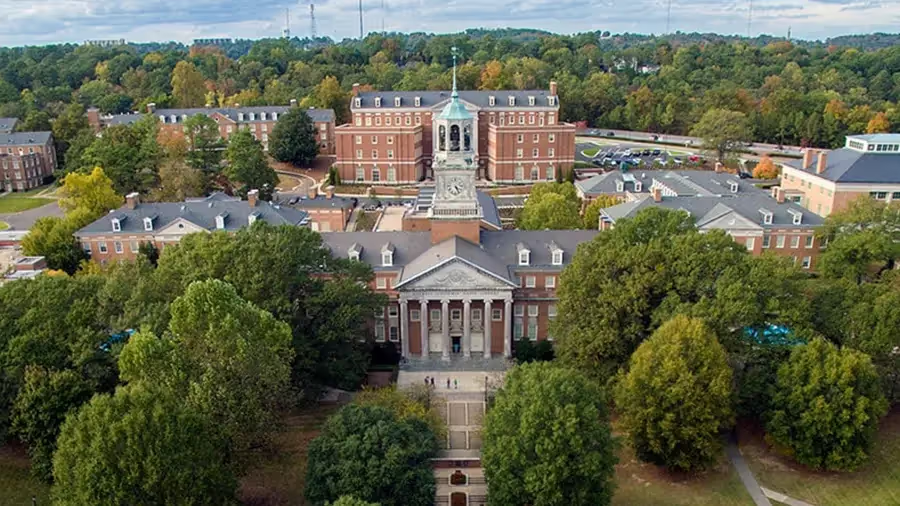Discovering Missouri's Largest Cities and Education Opportunities
Missouri is home to several vibrant cities with diverse populations, quality education systems, and unique student lifestyles. Whether you're moving for work, college, or raising a family, understanding the culture, schools, and population trends in Missouri’s major metropolitan areas can help you plan your next steps.
Let’s explore the key urban areas in Missouri—Kansas City, St. Louis, Springfield, Columbia, and Independence—and what they offer in terms of population, school systems, and student life.
Kansas City, MO: Largest City and Thriving Education Hub
Located on the western edge of the state, Kansas City is Missouri’s largest city by population. It's known for its jazz heritage, vibrant arts scene, and top universities.
- Population: Over 508,000 residents (2023 estimate)
- Top School Districts: North Kansas City School District, Park Hill School District, and Kansas City Public Schools
- Higher Education: University of Missouri–Kansas City (UMKC), Rockhurst University, and Kansas City Art Institute
Student life in Kansas City blends culture, entertainment, and professional growth. Students have access to dynamic internships, a strong music culture, and historic neighborhoods like Westport and the Crossroads Arts District. As a student, you'll find both modern amenities and a deep sense of community.
What is Student Life Like in St. Louis?
St. Louis, on the eastern side of Missouri, is a gateway to both the Mississippi River and a vibrant academic scene. With a mix of private and public educational institutions, it supports a strong community of learners.
- Population: About 294,000 people
- Top School Districts: St. Louis Public Schools, Ladue School District, Clayton School District
- Notable Colleges and Universities: Washington University in St. Louis, Saint Louis University, Harris-Stowe State University
Student life in St. Louis combines big-city energy with Midwestern warmth. Washington University consistently ranks among the top U.S. universities. The area offers a wide range of cultural experiences, free attractions like the St. Louis Zoo and Museum of Art, and local sports teams for downtime.
Springfield, MO: College Town with a Small-City Feel
Springfield offers a strong balance between educational opportunity and affordability. Located in southwest Missouri, it's often referred to as the Queen City of the Ozarks.
- Population: Approximately 170,000 residents
- Public Schools: Springfield Public Schools is the largest fully accredited district in Missouri
- Major Higher Ed Institutions: Missouri State University, Drury University, Evangel University
With a cost of living below the national average, Springfield is an attractive option for students and young professionals. Missouri State University drives much of the cultural and nightlife scene. Bike trails, local music venues, and downtown cafes support a welcoming student environment.
Columbia, MO: The Heart of Missouri Education
Columbia sits in central Missouri and is known for its educational institutions and progressive atmosphere. It’s one of the fastest-growing cities in the state, especially popular among students and faculty.
- Population: Over 129,000 residents
- Top School District: Columbia Public Schools
- Colleges and Universities: University of Missouri (Mizzou), Stephens College, Columbia College
Columbia is a true college town. The University of Missouri (Mizzou) plays a major role in the city’s economy and culture. Students enjoy Division I sports, music festivals, and career-building opportunities. The downtown district, known as "The District," is tailored for study breaks, social events, and creativity.
Independence, MO: Quiet Suburb with Strong Educational Values
Independence is part of the Kansas City metropolitan area and offers a more relaxed suburban feel. It balances access to metro conveniences while fostering a close-knit community environment.
- Population: Nearly 123,000 residents
- Primary School Districts: Independence School District and Fort Osage R-I School District
- Nearby Colleges: Graceland University (Independence campus), Metropolitan Community College–Blue River
Students in Independence benefit from safe neighborhoods and supportive school environments. Though it's quieter than Kansas City proper, residents enjoy quick access to the city's full range of higher education institutions and job markets.
What Are the Best Cities in Missouri for College Students?
If you’re looking for a college-friendly environment, consider these student-focused Missouri cities:
- Columbia: Best for education quality, university town vibes, and safe campus amenities
- Springfield: Affordable housing, strong arts community, and diverse academic options
- Kansas City: Offers networking, professional growth, arts, and cultural immersion
You should also factor in cost of living, internship opportunities, transportation, and social scenes when choosing where to study.
Are Missouri’s Public Schools Good?
Missouri public schools vary by district but many rank above the national average in academic performance and student services.
Top-rated school districts include:
- Clayton School District - High graduation rates and AP participation
- Ladue School District - Known for academic excellence and student-teacher support
- Kirkwood and Rockwood School Districts - Strong in academics and extracurricular options
Smaller cities like Columbia and Springfield also offer highly rated public education with well-rounded student programs.
What Should You Know About College Life in Missouri Cities?
Life as a student in Missouri's urban centers is rich and varied. Here’s what to expect:
- Affordability: Missouri cities usually have lower cost of living than the national average
- Employment: Growing sectors include healthcare, engineering, education, and tech
- Transportation: Public transit is available in major cities, supplemented by cycling infrastructure and rideshare services
- Food and Culture: Local food scenes combine Midwestern and global cuisines, arts festivals, and performance venues
- Housing: Campus housing, student apartments, and suburban rentals offer varied choices
FAQ: Living and Studying in Missouri’s Top Cities
Is Missouri a good place for college students?
Yes. Affordable tuition, cultural opportunities, and dynamic campuses make Missouri a welcoming place for college students.
Which Missouri city has the best high schools?
Suburban areas around St. Louis, such as Ladue and Clayton, and parts of Kansas City like Park Hill consistently rank high for academics and college readiness.
Where do most college graduates stay in Missouri?
Many settle in Kansas City, Columbia, or St. Louis, where job markets and graduate schools offer continued opportunities.
How do public schools compare across Missouri cities?
Urban areas offer diversity and specialized programs, while suburban districts often have smaller class sizes and higher test scores.
Thinking About a Move to a Missouri City for Education?
Choosing a city in Missouri for education or student life depends on your goals and lifestyle preferences. Whether you want the urban energy of Kansas City or the academic charm of Columbia, Missouri offers something for every learner. Research your options, visit campuses, and get involved in each community’s unique story. You’re not just picking a city—you’re choosing your experience and growth path.











.svg)



